It's Shark Week — Here Are 17 Shark Facts That Are Really, Really Cool
Welcome to another Shark Week! AKA the best TV of the year.

To kick it off, here are 17 fun facts about sharks:
1.The goblin shark has the fastest fish jaws in the ocean. It's the only shark with jaws that extend forward — at the speed of 10 feet per second! This can only be seen by the human eye in slow motion.
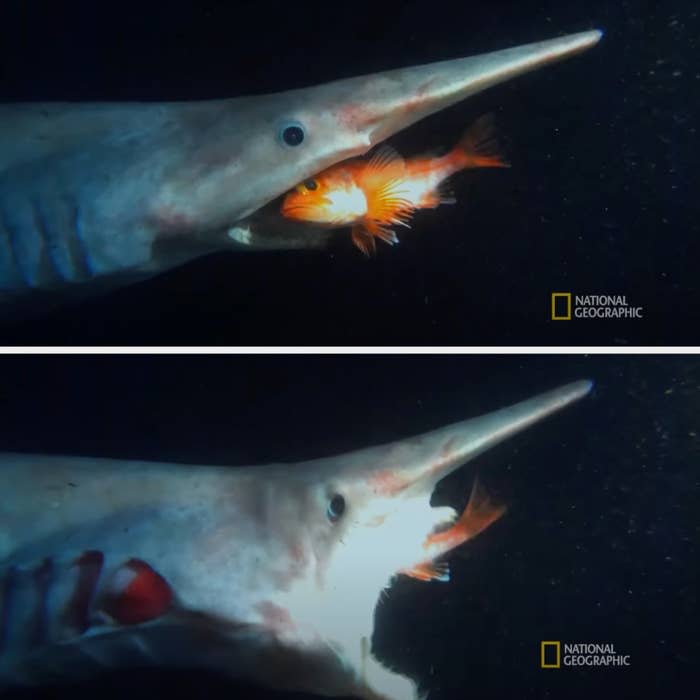
2.You're 15 times more likely to die by a falling coconut than by a shark attack.
3.Epaulettes are the only sharks that can use their fins to walk on dry land. While some other species of sharks can walk along the ocean floor, Epaulettes can crawl nearly 100 feet on dry land and survive hypoxia (deficiency of oxygen) for up to two hours.
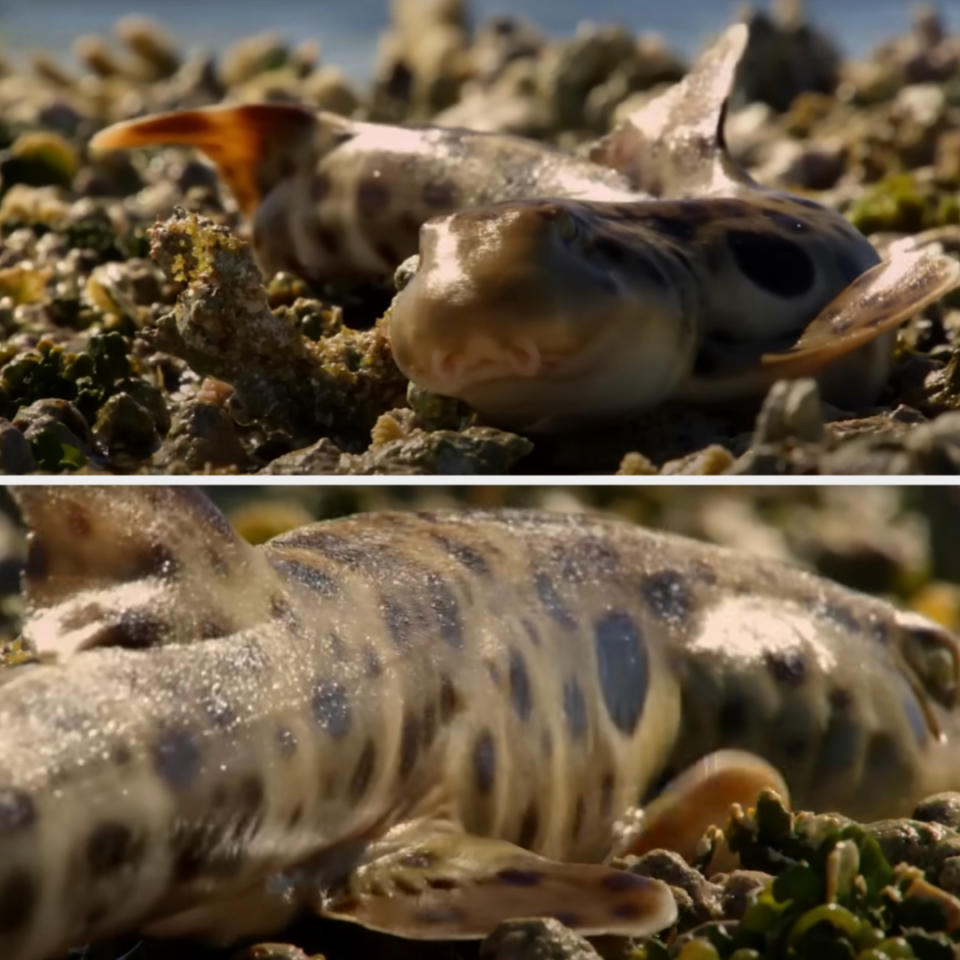
4.Sharks have been around for up to 450 million years. That makes them 90 million years older than trees and 190 million years older than dinosaurs!
5.No one has ever captured photographic evidence of whale sharks giving birth. In 1995, a female in Taiwan was discovered to be carrying over 300 pups (!!!). But scientists say there's a "lost period" during which no one knows where the young sharks are until they're about 10 feet long.
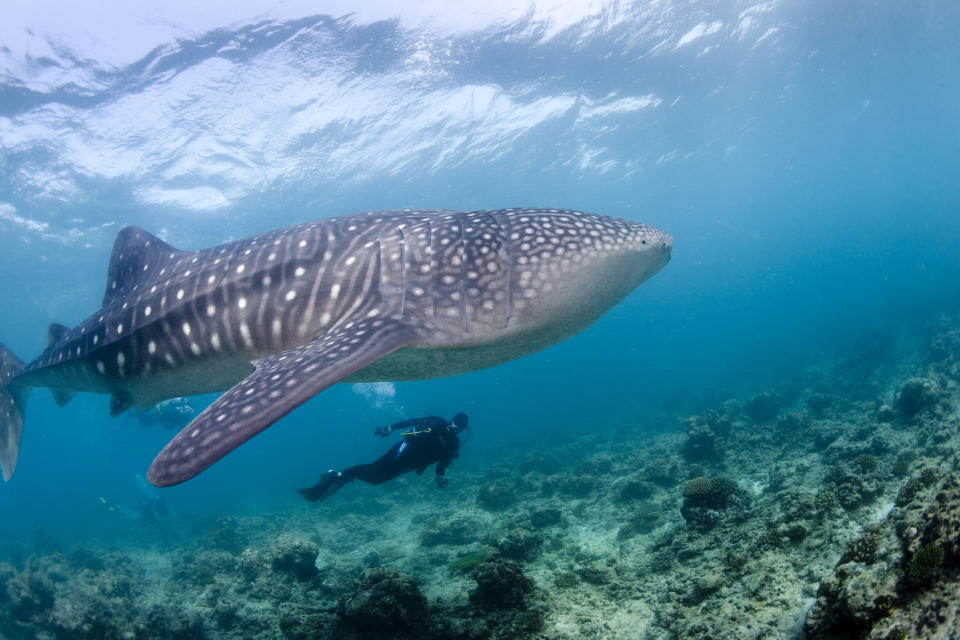
6.Sharks can go through 25,000–35,000 teeth in a lifetime. Since their survival depends on their teeth, they evolved to replace them quickly. If a tooth falls out, there's already another ready to go that moves forward like a conveyer belt.
7.Female sand tiger sharks have two uteri. In each, the biggest embryo will consume its womb-mates until it's the only one left, so the mother will only give birth to two pups.
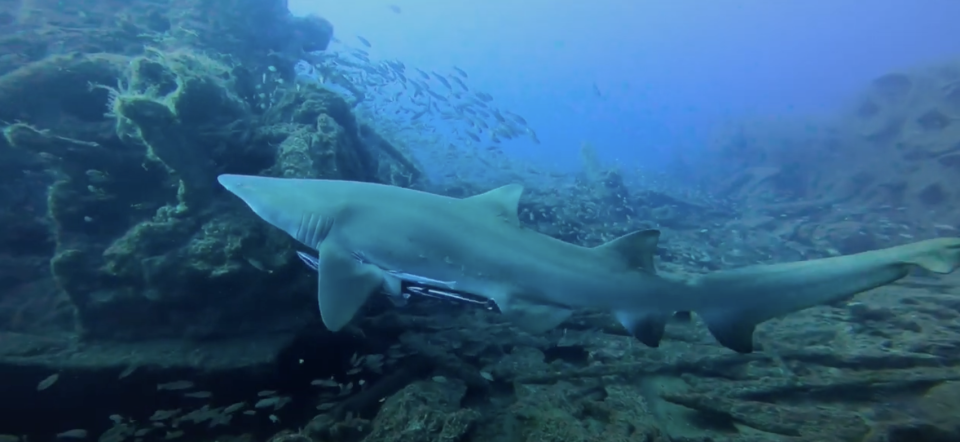
8.The shortfin mako is the fastest shark in the world. Thanks to its torpedo-shaped body and strong tail, it can swim up to 43 mph.
9.Some sharks, including Port Jacksons and horn sharks, are famous for their spiral-shaped eggs. Mothers pick the eggs up with their mouths and wedge them into rocks and crevices to ensure they don't wash away.

10.There are over 500 species of sharks swimming in oceans today, ranging from the size of a human hand to nearly 40 feet long.
11.Sharks have six senses. In addition to our usual five, they also have electroreception, allowing them to detect other organisms' electrical currents. That's why hammerhead sharks use their big heads like metal detectors, enabling them to find prey on the ocean floor or beneath sediment.
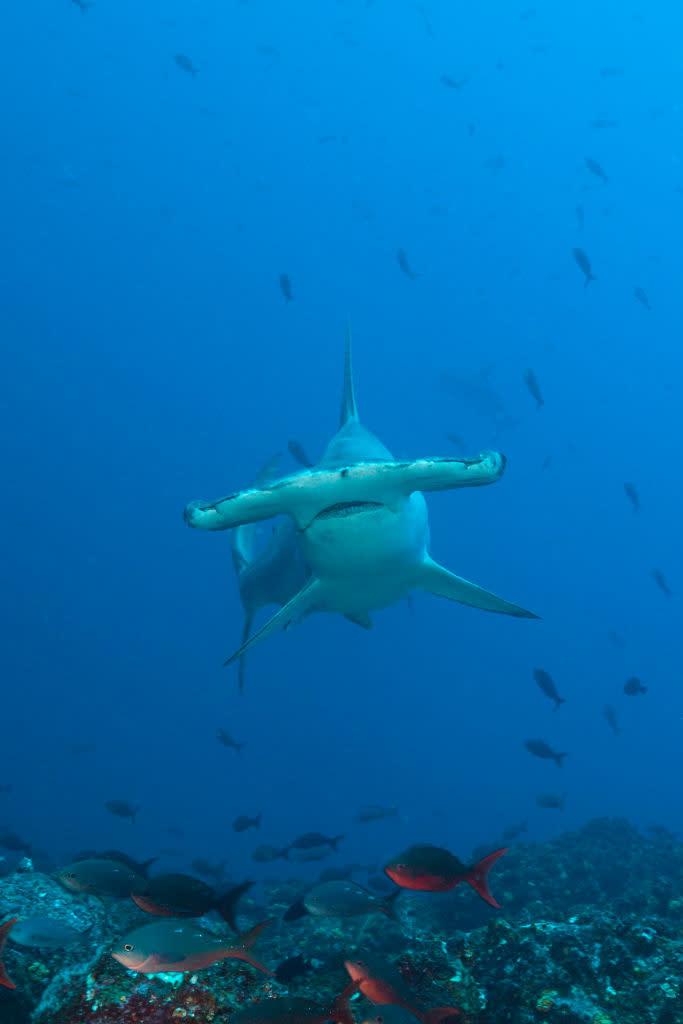
12.The nurse shark creates a powerful suction that vacuums prey right into their mouths. The suction is so strong that they can suck a queen conch out of its shell, and they're the only sharks that make this slurping noise.
13.Greenland sharks are the longest-living vertebrates on Earth. They don't reach sexual maturity until they're about 150 years old. In 2016, scientists used radiocarbon dating and estimated one 16-foot-long female was about 400 years old (though possibly as old as 512).
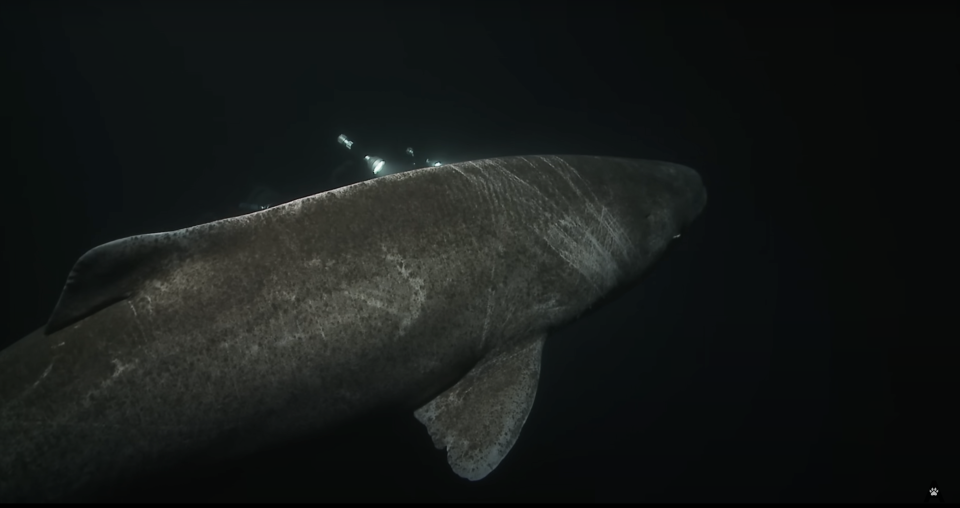
14.Research suggests that sharks are color-blind. Despite living in the big blue, they only see in black and white.
15.Great white sharks are the largest predatory fish in the world. Their bodies are made for hunting: they can smell a single drop of blood floating in 10 billion drops of water, swim up to 35 mph, and have 300 teeth.
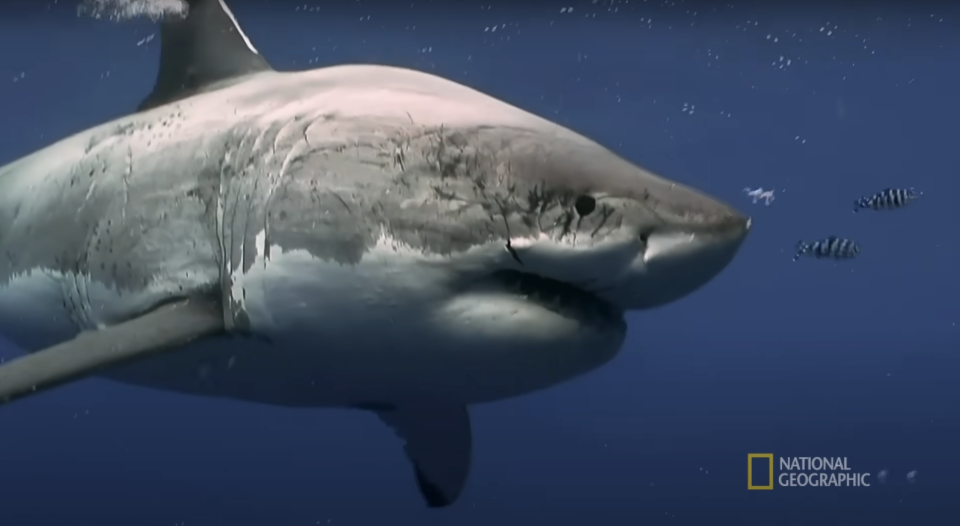
16.Unlike most sharks, bull sharks can survive in freshwater for long periods of time. They've even been seen in the Mississippi and Amazon Rivers.
17.And finally, a surprising number of sharks glow in the dark. They use bioluminescence for many reasons, including attracting mates, camouflage, warning predators, and hunting.
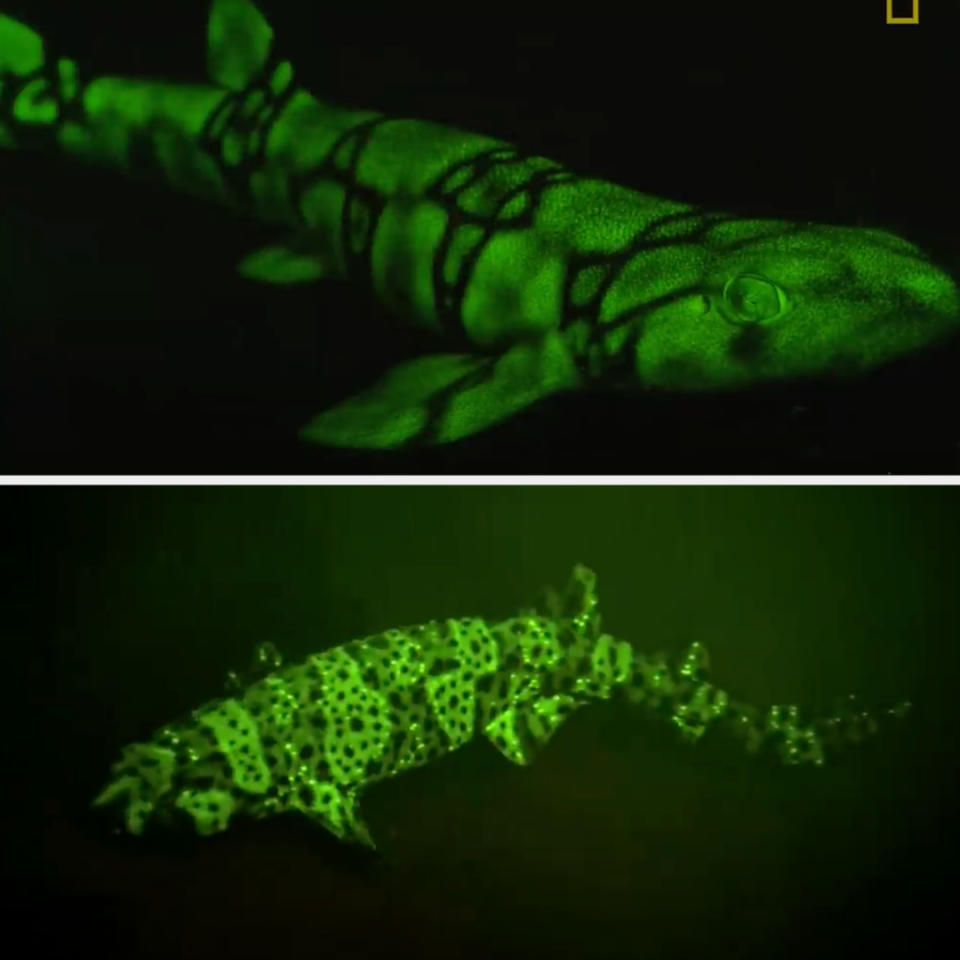
Know any other cool shark facts? Share them in the comments below!


